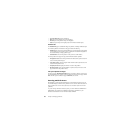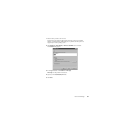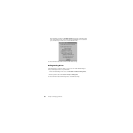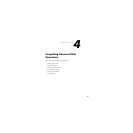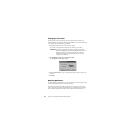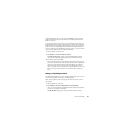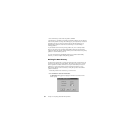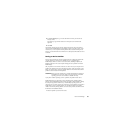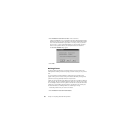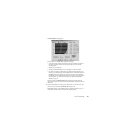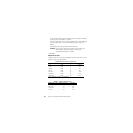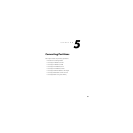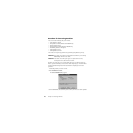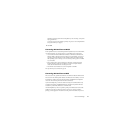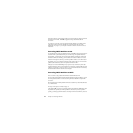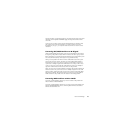
Chapter 4: Completing Advanced Disk Operations66
2
Click Partition ➤ Advanced ➤ Set Active on the context menu.
(Windows NT/2000/XP only) In a configuration with mixed IDE and SCSI hard disks,
Windows does not always see the boot drive as the first disk. PartitionMagic displays
drives in the order that Windows reports them. As a result, you may see your boot
device as drive 1, 2, and so forth. PartitionMagic may also incorrectly report that
there is no active partition. Be sure you identify which drive is the boot drive.
The Set Active Partition dialog appears.
3 Click OK.
Resizing Clusters
The Resize Clusters operation lets you change the cluster size on FAT, FAT32, and
NTFS partitions. Reducing cluster size may help you reclaim wasted space on your hard
disk.
If you converted FAT or FAT32 partitions to NTFS as part of an operating system
upgrade or file system conversion, resizing to 4K clusters will enable you to regain lost
performance caused by potentially inefficient 512-byte clusters
All files are stored in allocation units called clusters. Each file on a partition is allotted at
least one cluster. The size of a partition determines cluster size. Unless the size of a file is
an exact multiple of cluster size on the partition where the file is located, the file includes
wasted space. Larger partitions have larger clusters, and, therefore, more wasted space.
For more information, see “Making Efficient Use of Disk Space” in Help.
1 Select the partition where you want to resize clusters.
2 Click Partition ➤ Advanced ➤ Resize Clusters.



